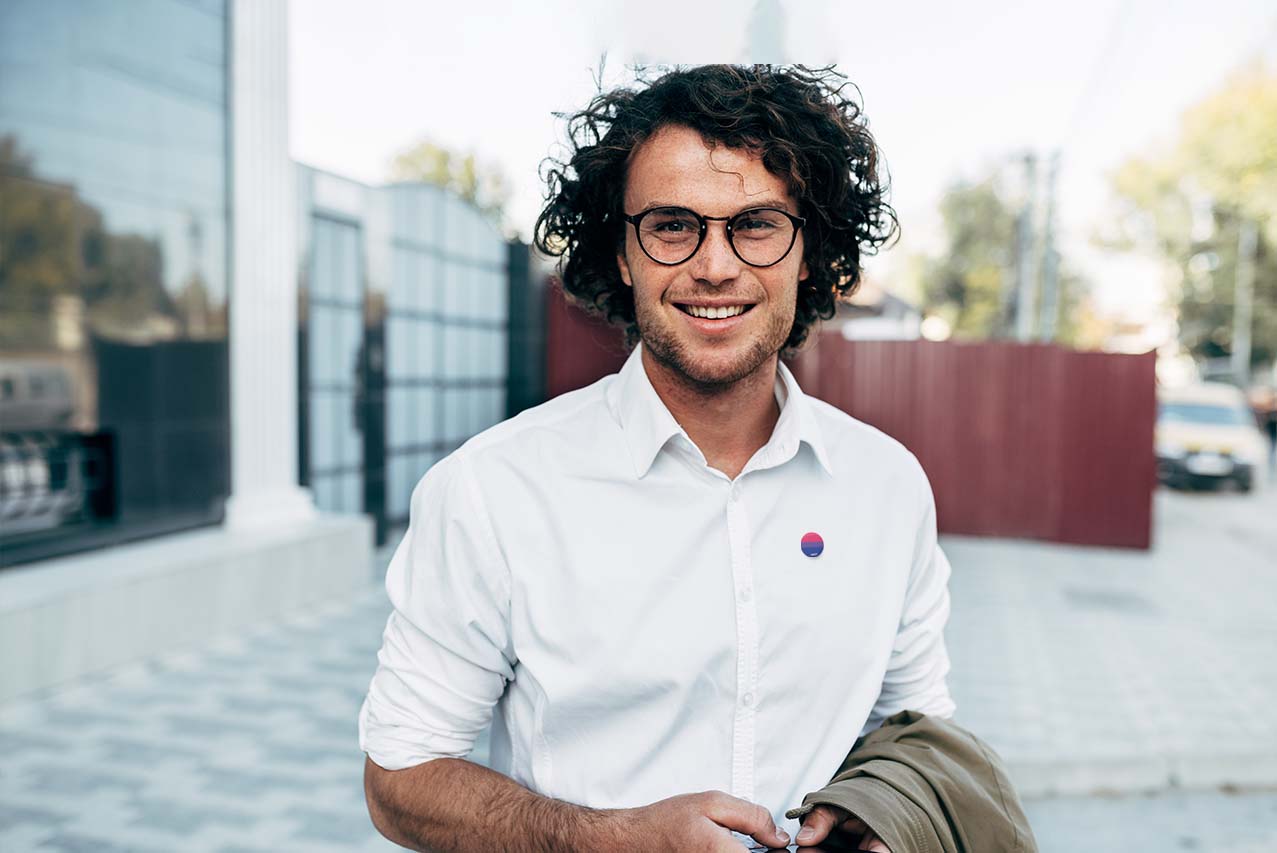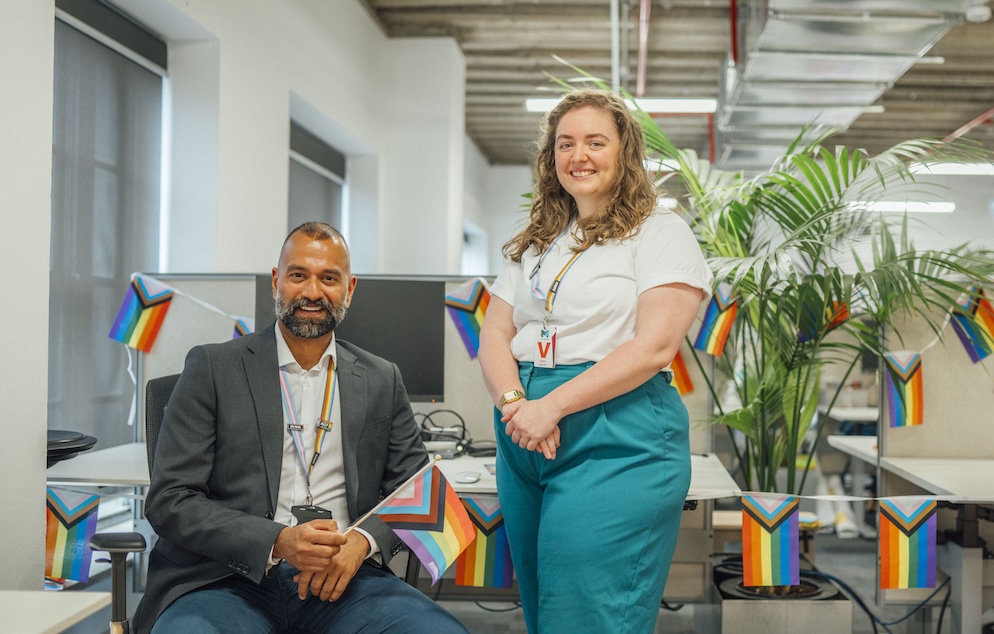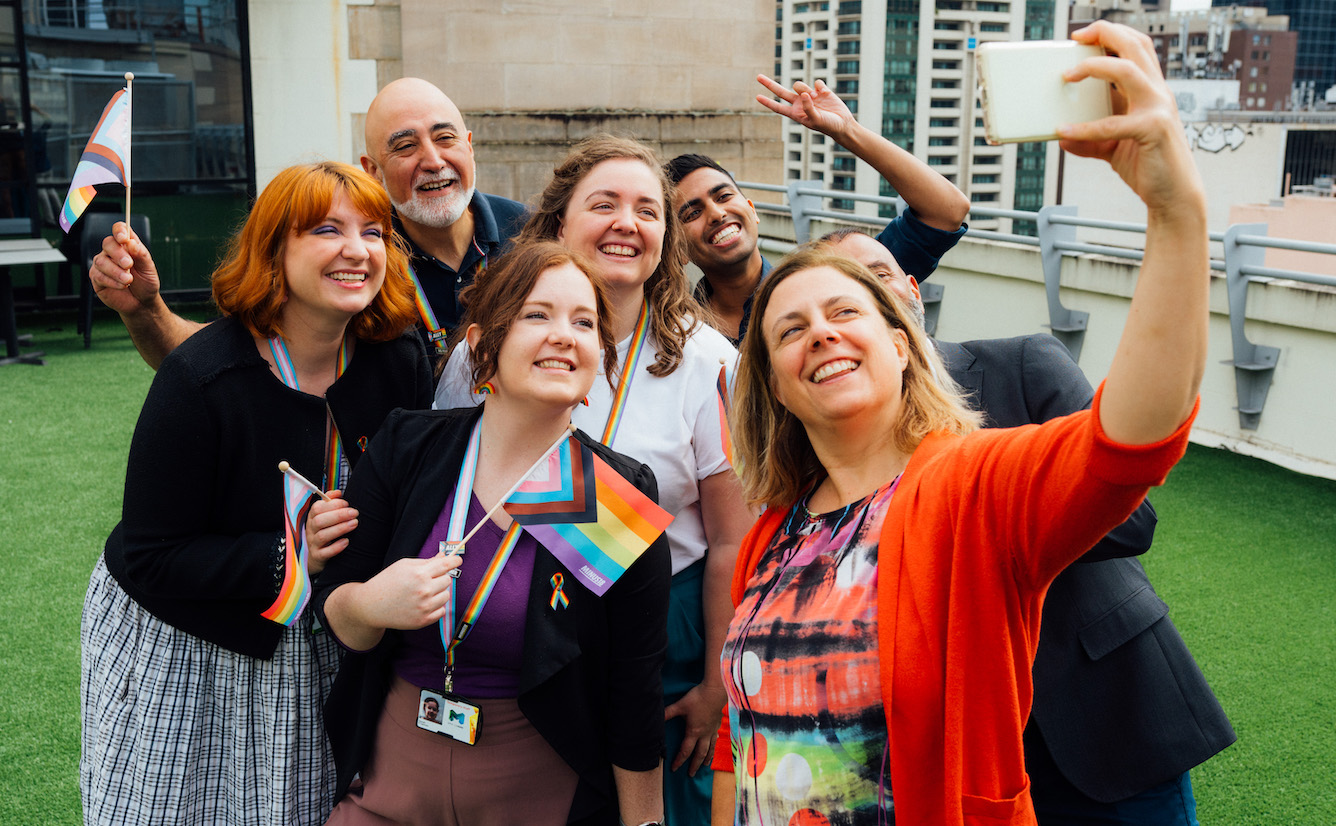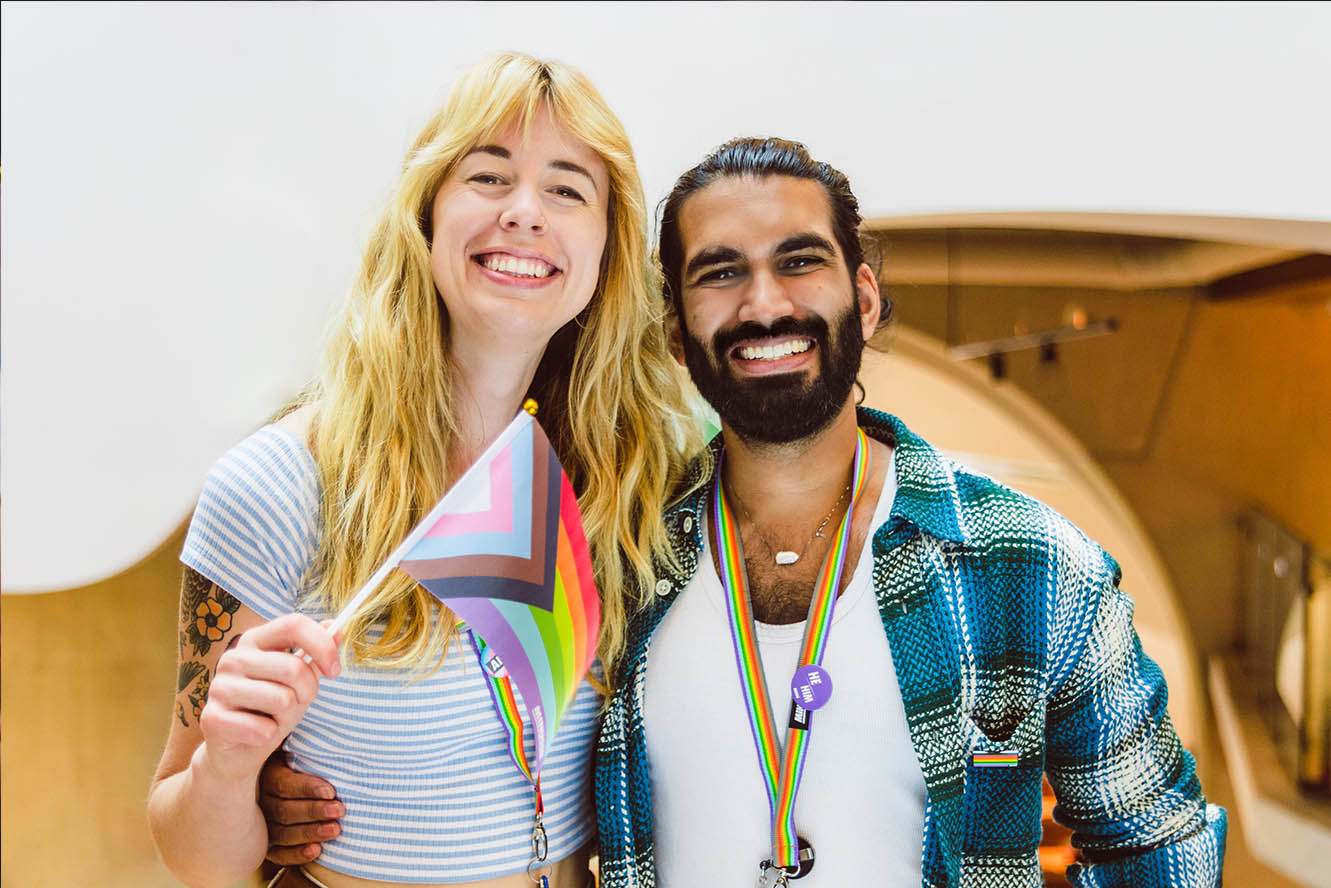
Bisexual Identity
November 24, 2022
Bisexual Identity
Being Bisexual refers to having attraction – romantic, sexual or spiritual – towards more than one gender and can be expressed in a whole range of different ways. Some bisexual people experience different levels of attraction between men, women and gender diverse people, while others may experience attraction towards these equally.
A significant proporation of Australians have reported same gender attraction, which includes the spectrum of bisexuality – approximately 9% of men and 19% of women (1).
Bisexuality Can Be Invisible
Despite being one of the most common identities within the LGBTQIA+ community, bisexuality can be socially invisible, meaning that many bisexual people don’t use languge or display behaviours in every day life that demonstrate their bisexual identity.
For example, a bisexual man who is in a relationship with a woman will often be assumed as straight. This can result in bisexual people:
- Feeling pressure to continuously “come out” and having their bisexual identity doubted by others.
- Feeling pressure to choose either a “gay” or “straight” identity.
- Feeling isolated or alone in their bisexual identity, as other bisexual people may not be as visible.
Inclusive Language
Bisexual is an adjective, not a noun:
✔️ Shaz is bisexual and has just started a relationship with a new partner.
❌ Someone I know is a bisexual.
Bisexual is commonly shortened to the adjective 'bi':
✔️ Shaz is bi and has just started a relationship with a new partner.
The Best Parts of Being Bisexual
While bisexual people can experience discrimination from both people LGBTQIA+ and broader communities, those who experience acceptance and allyship often describe a range of positives experiences because of their identity. These include:
- Freedom from traditional social labels and relationships
- Diversity of romantic, platonic and sexual relationships.
- Developing a unique perspective on the world, and a greater sense of self awareness.
- Being involved in the rich and diverse LGBTQIA+ community, and develop meaningful connections through this - online and through in person events.
Bisexual Discrimination Can look Like
Bisexual people can experience the same discrimination that gay and lesbian people face, especially when in relationships with people of the same gender. In addition to this, bisexual people often face completely unique forms of discrimination also known as biphobia.
What makes biphobia unique is that it is often perpetuated by people within the LGBTQIA+ community as well as the community at large. This can look like:
Enforcing Stereotypes and Common Misconceptions
- Assuming that a bisexual person is confused about their identity
- Assuming that a bisexual person is “greedy”, sexually promiscuous or more likely to cheat because they are attracted to multiple genders.
Bisexual Erasure
- Believing that bisexuality is a phase leading to eventually coming out as gay or lesbian.
- Labeling someone who is bisexual as gay, lesbian or straight based upon the gender of their partner.
- Denying that someone is bisexual unless they have been in a relationship with people of multiple genders.
Violence and Harassment
- Perceiving bisexual people as hypersexual and therefore acceptable targets of objectifcaction
- Using slurs (words like “poof” or “fag”) in a derrogative way towards or about someone who is gay
- Using phrases like “that’s so gay” that compare being gay to something that is negative or disliked.
- Making negative remarks about the way a man talks, acts or dresses because it appears effeminate.
- Threats of violence.
Direct Discrimination
- Excluding a bisexual person from an LGBTQIA+ event because they are not in a relationship with a person of the same gender.
- Excluding a person from social invites because they are gay.
- Refusing to serve a customer because he is holding hands with another man.
- Refusing to promote or hire a man because he is in gay or in a relationship with another man.
Being an Ally to Bisexual People
There are simple, every day ways you can turn your knowledge of bisexuality identities into meaninful allyship. Keep reading to find out how.
Related Articles

LGBTQIA+ employees are less likely to be ‘out’ at work in 2025 than they were in 2022. Urgent action is needed, and every workplace can make a difference.

LGBTQIA+ days of significance – like IDAHOBIT – are days for both community and allies. Here's a list of current days, celebrating LGBTQIA+ identities and history.

Lesbian and gay people are usually attracted to others of the same gender – but the word has evolved to include different experiences too.

Learn about bisexual identity and the discrimination bisexual people can experience.